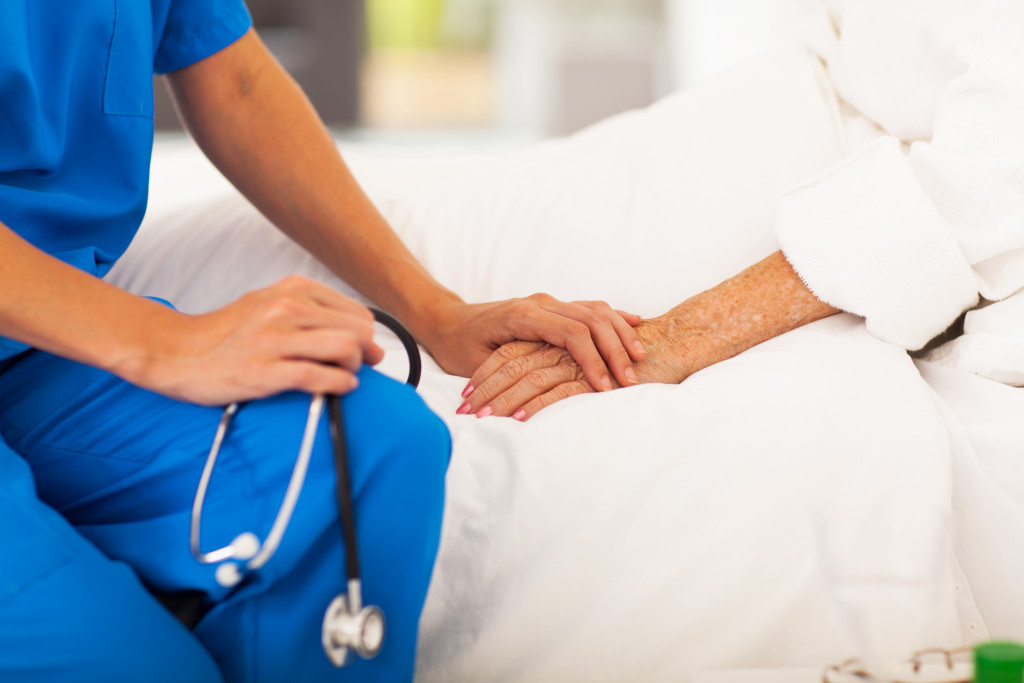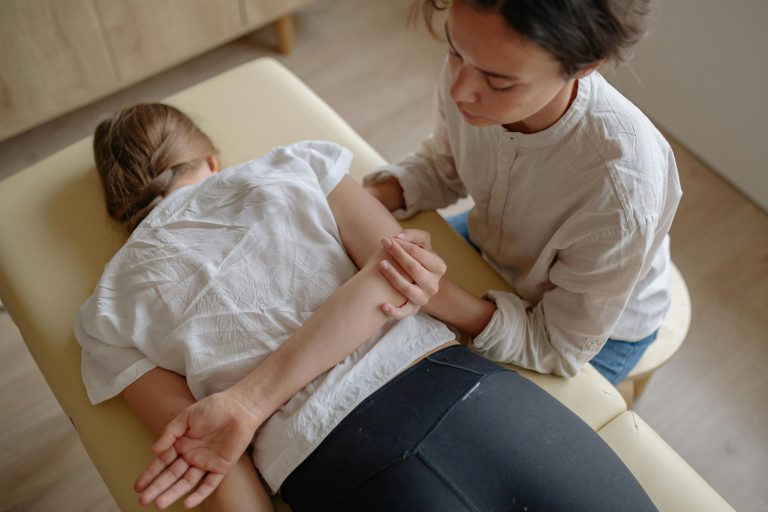• In the United States, more than 795,000 people suffer from a stroke annually, with 610,000 being first-time or new strokes.
• Stroke recovery can vary in time frame due to age, pre-existing conditions, and stroke severity.
• Physical, occupational, and speech therapy are types of treatment recommended for stroke survivors to regain motor & cognitive skills.
• Support groups provide a safe space for stroke survivors to connect with each other & share advice or resources.
A stroke is a serious medical condition affecting millions worldwide every year. In the United States alone, more than 795,000 people suffer from a stroke annually, with 610,000 being first-time or new strokes. While it can be incredibly difficult to overcome, there is hope for stroke recovery.
While the effects and outcomes of a stroke can vary widely depending on severity, there are some commonalities that all stroke survivors share when it comes to recovery. Understanding the steps you need to take and knowing what to expect during your recovery process is key to fully recovering. Here’s a closer look at the basics of stroke recovery.
Recovery Time-Frame
The length of time needed for stroke recovery varies from person to person. It depends on several factors, such as age, overall health, the severity of the stroke, and how quickly you seek medical attention. Here’s a closer look at every factor:
A Patient’s Age
Generally, older patients take longer to recover from a stroke than younger patients due to decreased elasticity of their blood vessels and a slower metabolism. Additionally, older patients are more likely to experience additional health problems that can delay recovery. Younger patients have the potential to recover faster due to a stronger immune system and body that are better equipped to recover from trauma.

Overall Health
Patients who have pre-existing medical conditions such as hypertension or diabetes may take longer to recover than those with no history of health issues. This is because pre-existing conditions can cause further complications during recovery and impede progress.
The Severity of the Stroke
The severity of a stroke can greatly affect recovery time as well. A mild stroke may allow for faster recovery than more serious strokes, which could require additional medical care and therapy to regain full function.
Generally speaking, most people see some improvement in their symptoms within three months post-stroke. However, full recovery can take longer, depending on your circumstances. It’s important to understand that everyone recovers differently and at their own pace; don’t put too much pressure on yourself or compare your progress with that of others.
Types of Therapy Needed for Stroke Recovery
Once the initial physical symptoms have stabilized, your doctor will likely recommend various forms of therapy as part of your post-stroke treatment plan. Therapy is important to recovery since it can help you regain lost motor and cognitive skills. Here are the three main types of therapy recommended for stroke survivors:
Occupational Therapy
Occupational therapy focuses on helping you regain everyday skills such as self-care, mobility, and communication to maintain independence in your daily life. An occupational therapist will work with you to develop strategies to adjust activities like dressing or grooming, using a computer, or cooking. This can make it easier for you to live comfortably and independently post-stroke.
Speech Therapy
Speech therapy is necessary if you experience difficulty communicating after suffering a stroke. Many stroke survivors suffer from language deficits such as slurred speech, difficulty expressing thoughts verbally, or trouble understanding others. Speech therapy can help you relearn language skills and regain your ability to communicate effectively with others.
Physical Therapy
Physical therapy helps you regain movement and strength in the parts of your body affected by a stroke. During physical therapy, you’ll exercise specific muscle groups to stimulate movement and work to relearn skills such as walking and balance. You should seek professional physical therapy from a licensed therapist who can safely guide you through recovery. Additionally, they will be able to provide you with the appropriate tools and exercises that are tailored to meet your individual needs.
Stroke Support Groups
A good support system is essential for successful stroke recovery, so it’s important to surround yourself with family members willing to lend an ear or a hand when needed. Additionally, support groups offer an invaluable opportunity for stroke survivors to connect and learn from one another’s experiences in dealing with similar issues, such as depression or anxiety, after a stroke diagnosis. These groups provide the following benefits:
- A safe, non-judgmental space to talk openly about your experiences
- Access to helpful coping strategies and resources
- Encouragement from people who have been in similar situations
- Opportunities to share practical tips and advice with fellow stroke survivors
Stroke recovery can be a long process, but it’s important to remember that it is possible to fully recover with the right support, resources, and therapy. If you or someone you love recently suffered a stroke, don’t hesitate to ask for help or support. You don’t have to go through this process alone. With the right guidance and resources, you can fully recover and return to living your best life.







